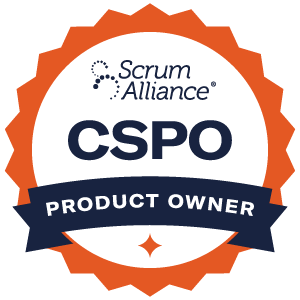If you work on a ‘product side’ as a Product Owner or Product Manager, play any role in Product Team such as Business Analyst, User Interaction Designer, or helping Product Owner as a scrum team member - this class fits your needs.
The program is specially designed to integrate participants with different experiences and roles. By learning fundamental concepts, sharing different stories and practicing concrete tools, you will improve both - your product ownership mindset and skills.
The format provides various opportunities to ‘taste’ the Product Owner’s role through many workshops, simulations, and group discussions. Be ready for hard fun!






